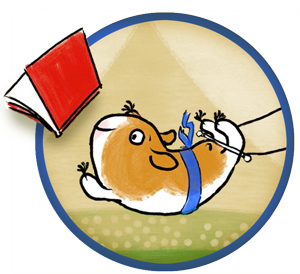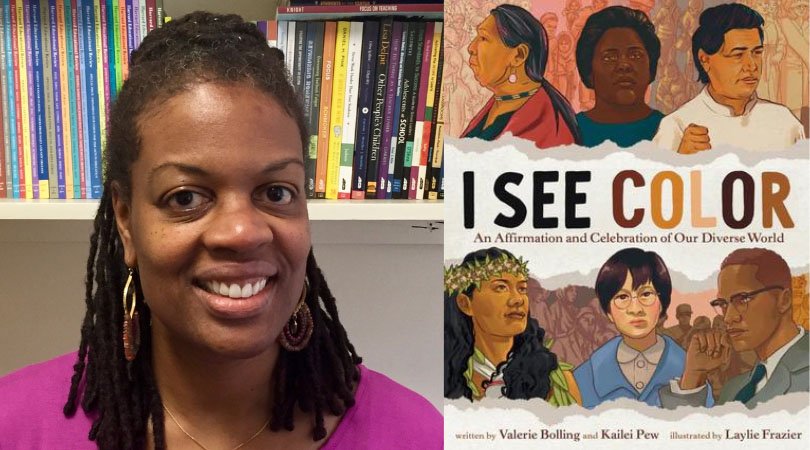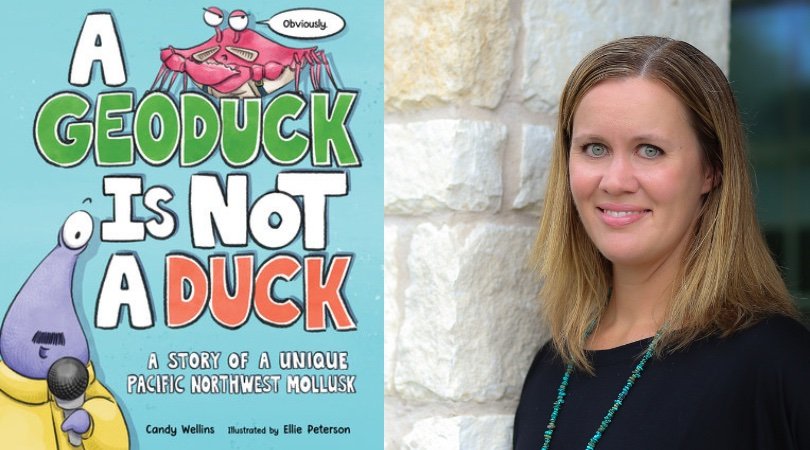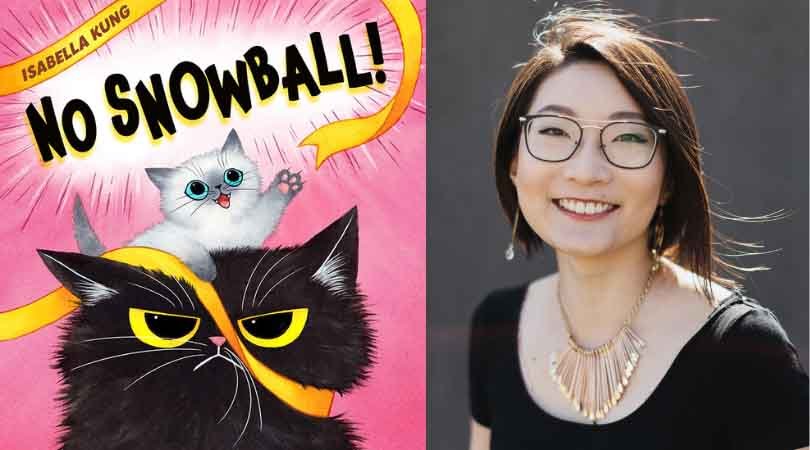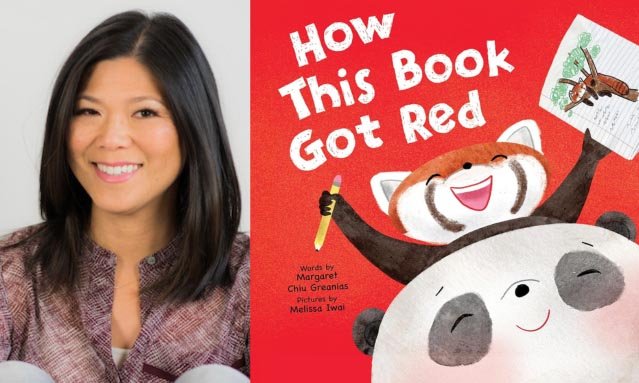Welcome back to our series, 20 QUESTIONS!,
where we answer questions about writing, reading, and author life.
(Note that we enjoy the series so much we’ve decided to just keep the questions coming!)
This month’s question:
How do you ensure your books have that special “It Factor?”
Hope Lim
“I don’t presume that my books have an ‘It Factor’ but one thing I hope to accomplish in my stories is the exploration of more than one thematic element. My storylines may seem simple but underneath the simplicity, a deeper meaning can be extracted and discussed. For example, SOURGRASS is about finding a way to live in hope after a difficult time of parting with a friend. At the same time, it uses spring as the context for return and renewal, while demonstrating the beauty of keeping promises and the importance of trust in relationships.”
– Hope Lim, author of Sourgrass illustrated by Shahrzad Maydani (Beach Lane Books, 2024)
Patricia Newman
“The ‘It Factor’ is a personal connection for me and my readers. As I write I ask myself over and over, ‘Who cares?’ Once I find my inner spark of connection, I put all that passion on the page. My books tend to be persuasive, so once I find the child’s connection to the topic it’s fun to empower them to care.”
– Patricia Newman, author of Eavesdropping On Elephants (Millbrook Press, 2019)
Valerie Bolling
“My critique partners help me ensure that my books have an ‘It Factor.’ They regularly read stacks of picture books, attend webinars, and are members of writing communities. In other words, they know what makes stories pop, so their feedback is critical to helping me polish my manuscripts. In addition, I have an amazing editorial agent who adds his feedback, and I’ve been fortunate to work with editors who help me fine-tune my stories even further.
– Valerie Bolling, co-author with Kailei Pew of I See Color , illustrated by Laylie Frazier (Harper Children’s, 2024)
Kirsten W. Larson
“I think what sets my books apart are their unique structures, which coincide with the topic I’m writing about. The story structure of Wood, Wire, Wings, the story of the first women to design an airplane on her own, follows the engineering design process. A True Wonder, a book about the invention of the comic book hero, Wonder Woman, is told in comic book format. And The Fire of Stars, a book about the woman who discovered what stars are made of, parallels her formation as a “star scientist” with the process of star formation. These unique structures bring something special to the table.”
– Kirsten W. Larson, author of The Fire of Stars, illustrated by Katherine Roy (Chronicle 2023)
